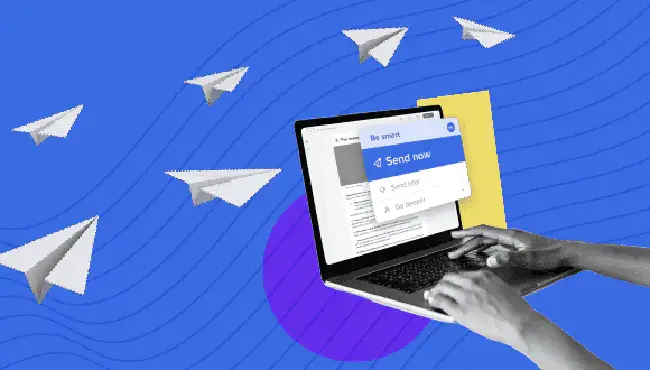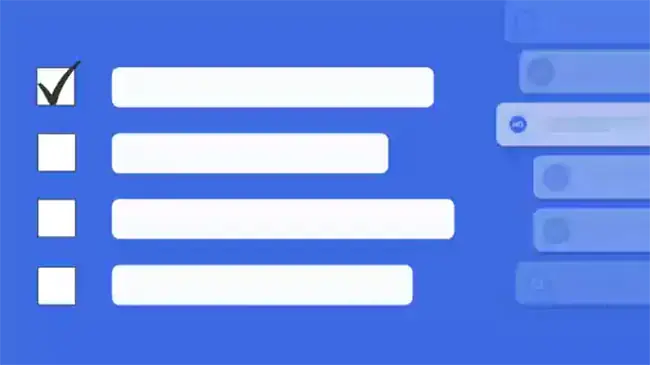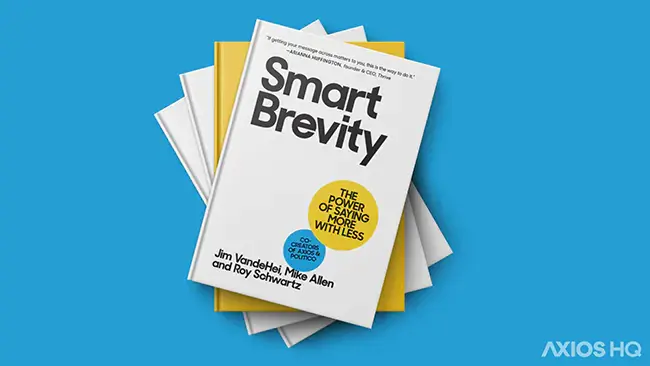Headlines should teach readers something new

A headline is your first, maybe only, shot to grab a reader, pull them in and prove what's to come is worth their time.
-
Why it matters: Done well, it can mean the difference between 20 clicks and 20,000. Done poorly, you're something else that’s overlooked – wasting the time you took to write it and hours of follow-ups you field from folks who never read it.
What works: The goal is to teach your readers something specific and memorable with the few words you have for a headline — or title, or subject line — so they feel more informed.
How to do it:
- Be brief — Cap headlines at 10 words or 60 characters. It’s highly memorable and about the maximum length someone can read and immediately repeat.
- Be specific — 59% of readers will share an article on social media without ever clicking the link. If your headline is all they see, make sure they learn something from it.
- Be bold — Short, punchy words speed up read time without sacrificing urgency.
- Be honest — Never slip into hyperbole or clickbait. Readers see through it, and it fractures long-term trust.
Why it works: Together, these tips produce a headline that’s authoritative, concrete and clear. For readers scrolling fast, they’ll take away something new, and for everyone else, you’ll have a much better shot of your message getting read than “marked as read.”
Let’s look at two examples:
| Before: | After: |
| Healthcare has the power to keep the labor market afloat even if we face a recession in the future | Healthcare hiring is recession-proof |
💡 Takeaways:
- Be brief: Don’t use 19 words when 5 are sharper and more memorable.
- Be bold: Authority instills trust. If something is true, say it confidently.
| Before: | After: |
| Update on our plans | Our remote work policy extends through Q3 |
💡 Takeaways:
- Be specific: Don’t use flat, vague language when you have the space to be precise.
- Be honest: At times, longer is better. Smart Brevity should maximize the value of every word, while giving readers only what they need to see the big picture.
Go deeper: Once you’ve hooked readers with a strong headline, you’ll need to build on it with a sharp and straightforward first sentence.





.webp)












.webp)

















